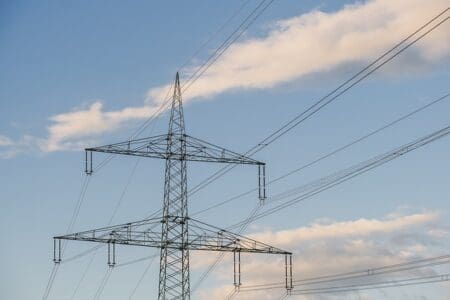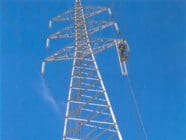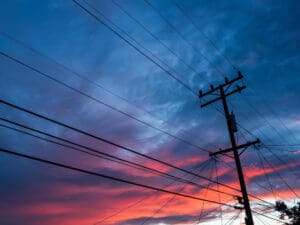
Pacific Gas and Electric Company (PG&E) filed with the California Public Utilities Commission (CPUC) for approval of a transmission lease programme with the nonprofit Citizens Energy Corporation, which could invest as much as $1 billion through the programme.
The programme would allow PG&E to accelerate work on its electric system to further improve safety, reliability, capacity and infrastructure health, and to enable new interconnections to clean-energy projects that support decarbonization. Citizens has committed to contributing a large share of its profits from the programme to clean energy programmes in low-income and disadvantaged communities across PG&E’s service area.
If Citizens invests the full $1 billion, it expects the programme to generate hundreds of millions of dollars in charitable benefits over the lives of the leases. The programme is designed so that customers would pay no more for the applicable transmission assets than they would without the programme.
“At PG&E, we have a responsibility to build a better future for everyone whose lives we touch,” said PG&E Corporation CEO Patti Poppe. “We’re committed to finding innovative and affordable new ways to ensure that the transformation of California’s energy system benefits all the state’s residents. We’re excited and honored to partner with Citizens to help some of our most vulnerable communities build resilience against climate change.”
Citizens President Joseph P. Kennedy III said the programme will serve the nonprofit’s mission to support projects and programmes that increase grid strength and decrease electricity costs.
“Our vision is a safe, reliable and clean energy system that leaves no one behind,” Kennedy said. “This partnership with PG&E will advance our march toward a just and equitable clean-energy transition. We look forward to working closely with local communities in need across PG&E’s service area to hear their ideas about the investments that would most benefit them.”
Have you read:
PG&E trials V2X for public shutoff backup power
California’s PG&E tapped 8,500 residential batteries for grid resilience
Programme details
Through the programme, PG&E may offer Citizens options to lease entitlements to PG&E electric transmission assets. PG&E may offer five separate leases of 30 years each, for a total investment of up to $1 billion.
Citizens would make an upfront payment to PG&E as prepaid rent.
Citizens would lease the rights through a wholly owned subsidiary that would be a CAISO participating transmission owner. Citizens would recover the costs of its investments through the CAISO high-voltage Transmission Access Charge, after Federal Energy Regulatory Commission (FERC) review and approval to ensure the costs are just and reasonable.
Citizens has committed to contributing 50% to start, increasing to 90%, of net after-tax profits from its investments in the programme.
Based on the terms of the programme, the transmission assets would remain under PG&E ownership and under the operational control of the California Independent System Operator (CAISO). PG&E would remain responsible for the development, design, permitting, engineering, procurement, construction and operations and maintenance of the relevant assets.
The programme needs the approval of the CPUC and FERC.
Citizens investments
Pending regulatory approval, PG&E and Citizens expect to close on the first lease option in early 2025, with up to four more to follow through 2030.
Citizens will cap the capital cost component of its FERC rate at an estimate of the rate PG&E could have charged customers without the programme. Due to the size and structure of the programme, Citizens has also agreed to forgo recovery from CAISO customers of its own development and administrative and general costs, among other costs.
The CPUC and FERC have approved two similar programmes between Citizens and San Diego Gas & Electric (SDG&E) — the 117-mile (188.3km) Sunrise PowerLink transmission line, which connects SDG&E’s grid to renewable energy generated in the Imperial Valley; and the Sycamore-Penasquitos transmission line, which links two substations in San Diego via partially undergrounded lines.
A third project — an 18-mile (29km) upgrade to an Imperial Irrigation District transmission line that imports and exports power between California’s Imperial Valley and Arizona — is expected to be in service in spring 2024 and is expected to result in $18 million in charitable funds on a $40 million Citizens investment.
Citizens’ funds from those programmes supported the development of a 39-MW community solar programme to benefit 12,000 low-income customers of the Imperial Irrigation District.
Originally published on Power Grid.








